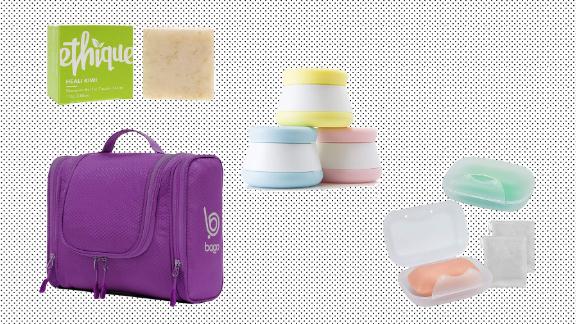
Some travelers don’t realize that the TSA liquids rules don’t only apply to toiletries and food or drinks. Similarly, spray-on perfume or cologne counts as a liquid, but a solid fragrance does not. But gel, spray or roll-on deodorants do count toward your liquids limit. For example, stick deodorant is not considered a liquid, gel or aerosol and neither is powdered deodorant. Note that different versions of the same product may be categorized differently. Peanut butter, lotion, toothpaste, sunscreen, applesauce, dry shampoo: They all count.

A substance that’s spreadable, “smearable,” “sprayable” or “squirtable” is subject to the 3-1-1 rule. Unsure if something on your packing list qualifies as a liquid, gel or aerosol? A good way to figure it out is to think about the item’s consistency. Passengers with TSA Precheck status can usually leave the bag of liquids in their luggage. The only exceptions are made for medically necessary liquids or substances that are required to feed a baby. All containers must fit into a 1-quart clear, resealable bag, and each passenger is limited to one bag. What the 3-1-1 rule says is that any liquids, gels and aerosols that you plan to pack in a carry-on bag must be in containers no larger than 3.4 ounces (100 milliliters). That’s not the case the rule doesn’t set a maximum for, say, how many ounces of toothpaste is allowed on a plane. Some travelers think that the 3-1-1 screening process includes specific restrictions for different items. Basically, the TSA limits the quantities of liquids, gels and aerosols that are allowed in the cabin of the plane, but not in the baggage area. While they can be packed in any quantities in checked bags, these substances are subject to the TSA’s security screening when they’re packed in carry-on bags.


The 2006 introduction of the 3-1-1 rule changed the way travelers pack liquids, gels and aerosols.


 0 kommentar(er)
0 kommentar(er)
